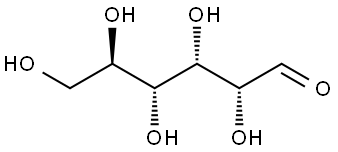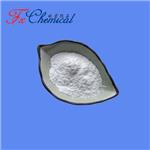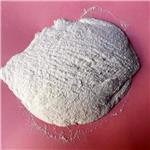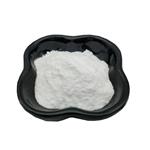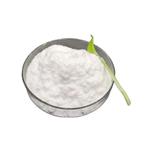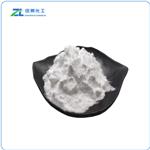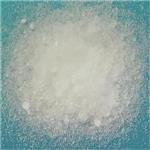D(+)-glucose ,a short form of dextrorotatory glucose, is a stereoisomer of glucose molecule, which is biologically active and whose bottom chiral carbon has its hydroxyl group (OH) located spatially to the right. Its molecule can exist in an open-chain (acyclic) and ring (cyclic) form and has two isomers α- and β-. It is the main source of energy in the form of ATP for living organisms. It is naturally occurring and is found in fruits and other parts of plants in its free state. In animals, it arises from the breakdown of glycogen in a process known as glycogenolysis. D-(+)-Glucose has been used as a standard for the estimation of total sugar in hydrolyzed starch by phenol-sulfuric acid method. It has also been used in the preparation of the liquid media for culturing some yeast cells. In addition, it is used therapeutically in fluid and nutrient replacement, such as glucose syrup and glucose powder. It can be obtained by enzymatic cleavage of starch, so there are multiple sources like sugar cane, sugar beet, corn (corn syrup), potatoes and wheat. Today, large-scale starch hydrolysis is used to produce glucose.
